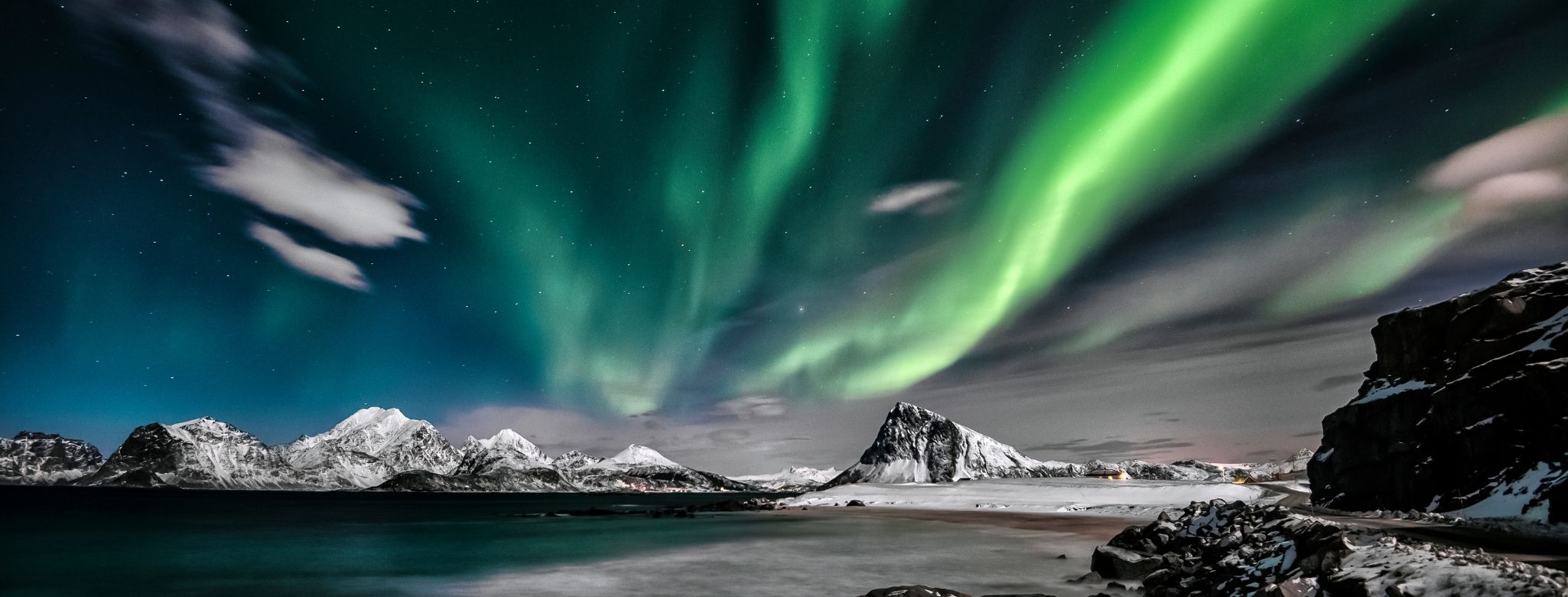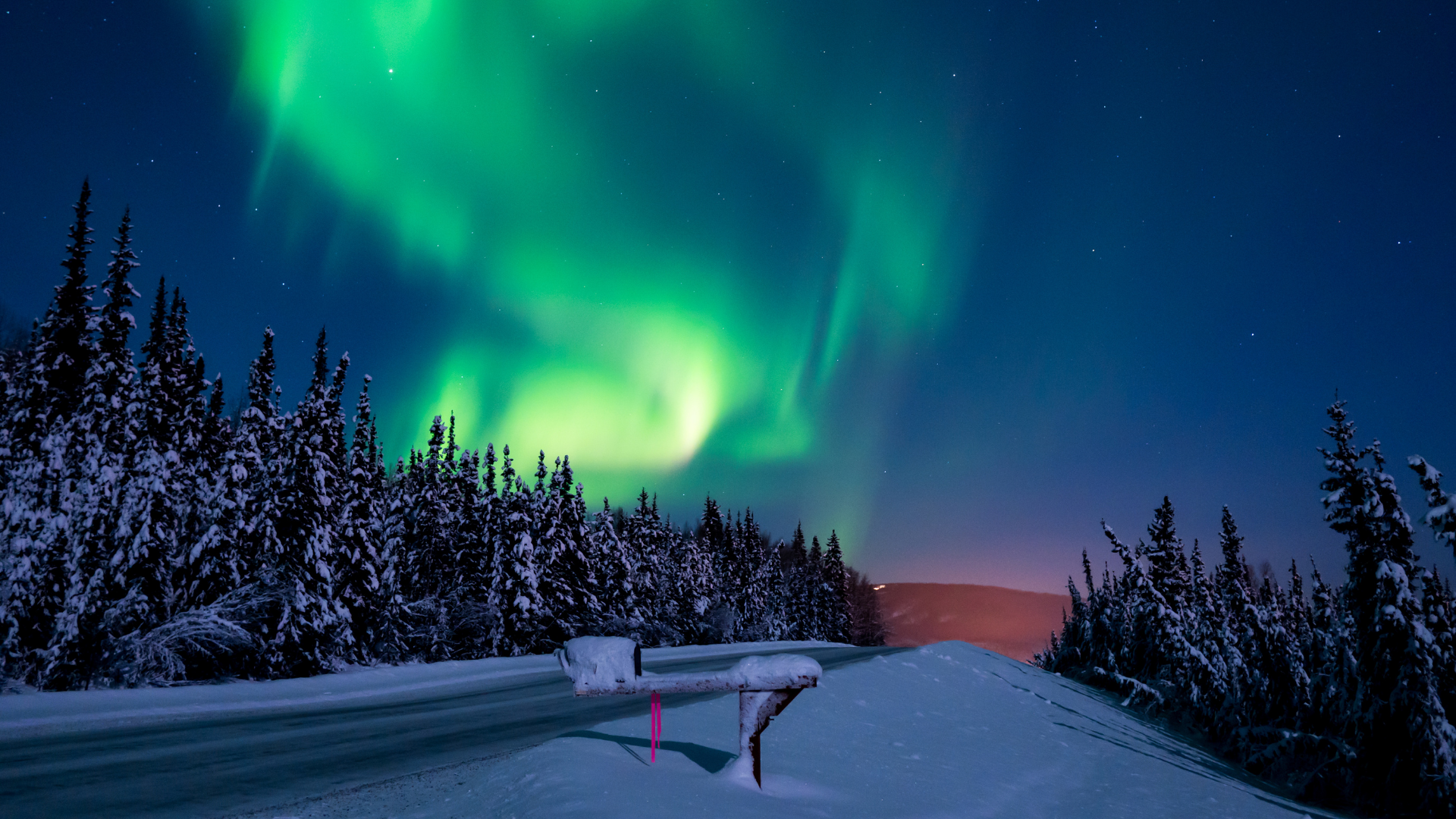What an amazing natural phenomenon? Aurora Borealis, Northern Lights (Aurora Borealis), Southern Lights (Aurora Australis), obsolete. "Pazori" - the glow (luminescence) of the upper layers of atmospheric planets, demonstrating the magnetosphere.
Since ancient times, peoples living in areas of this natural phenomenon have tried to find an explanation for the northern lights. How romantic are the ancient ideas about the causes of this phenomenon! The Sami people, living near the aurora borealis, have several versions of what is happening: these may be signals from the living from the world of the dead, or there may be sparks that shot up to heaven after the waving of a fox's tail (it was thanks to this legend that the Finnish name for a natural phenomenon - revontulet, "fox lights ").

The traditional season of the northern lights is the period between the autumn and spring equinox: from September 21 to March 21. More exact time depends on the country: somewhere the aurora is shown only from December, and in more northern latitudes, a colorful spectacle can be seen in April. The highest chances of catching the glow are from 21:00 to 23:30. After midnight, the deviations in the Earth's magnetic poles flatten out, so the probability decreases. The ideal night for the northern lights is clear and frosty. There are dedicated online resources for northern lights forecasts. These are solar activity forecast and cloudiness forecast. It is when these factors coincide (clear skies and high solar activity) guarantee us success - the bright northern lights.


